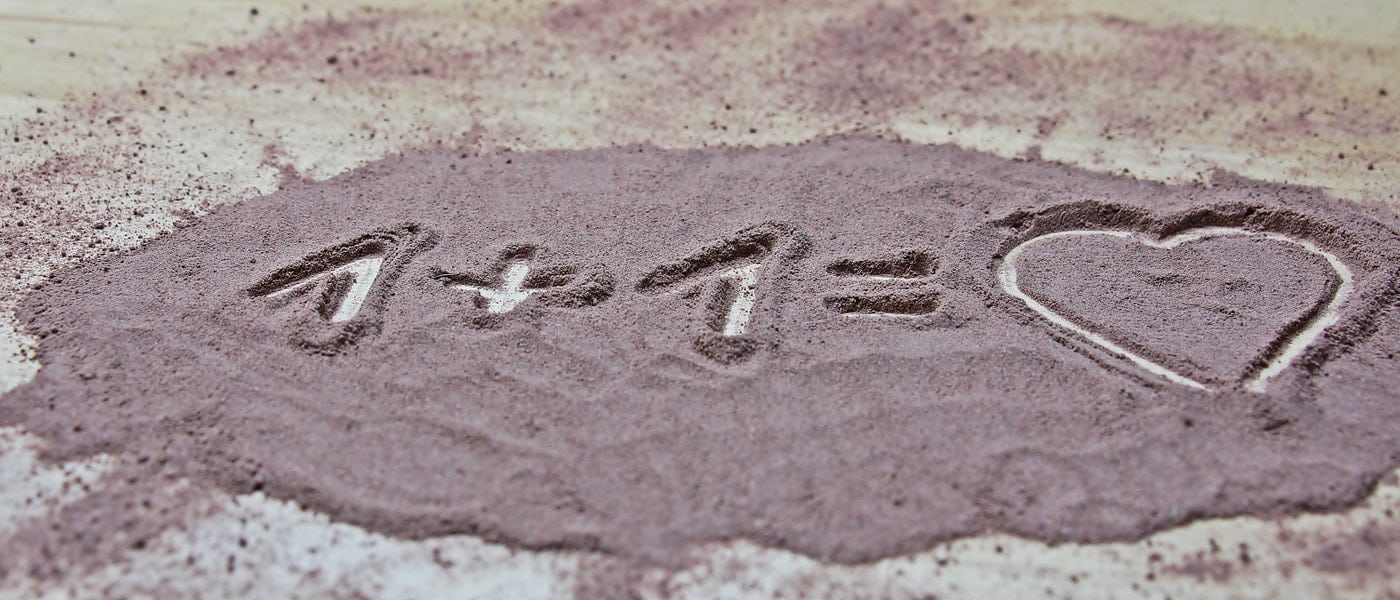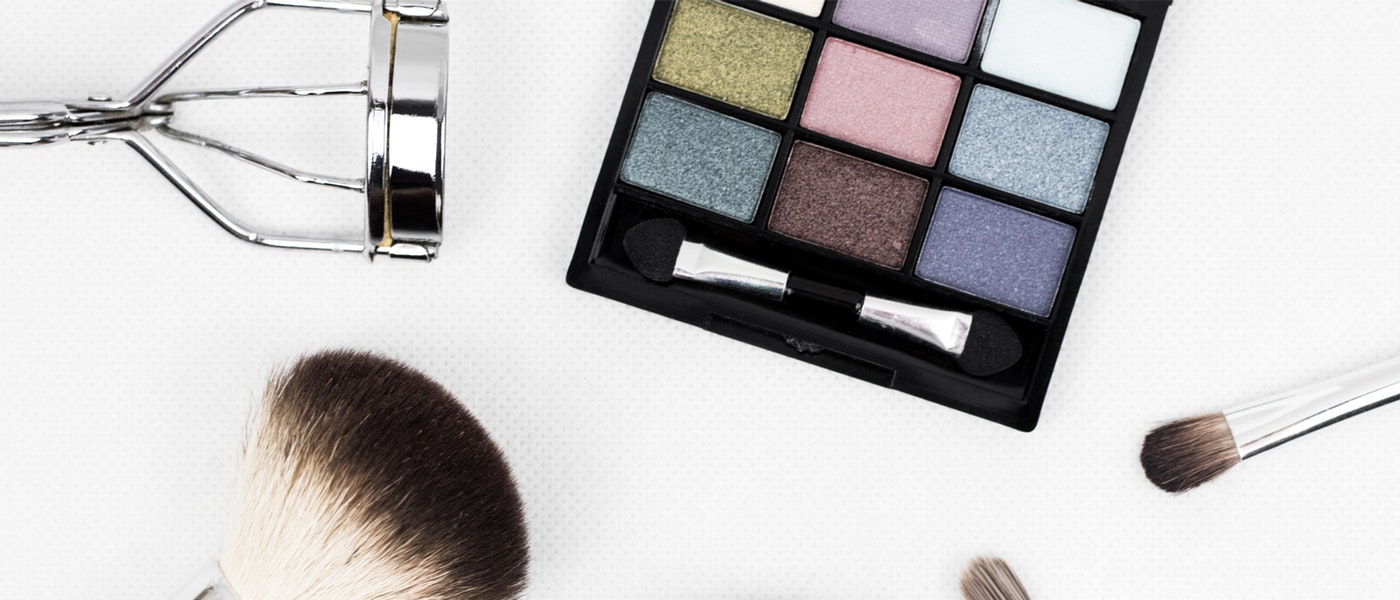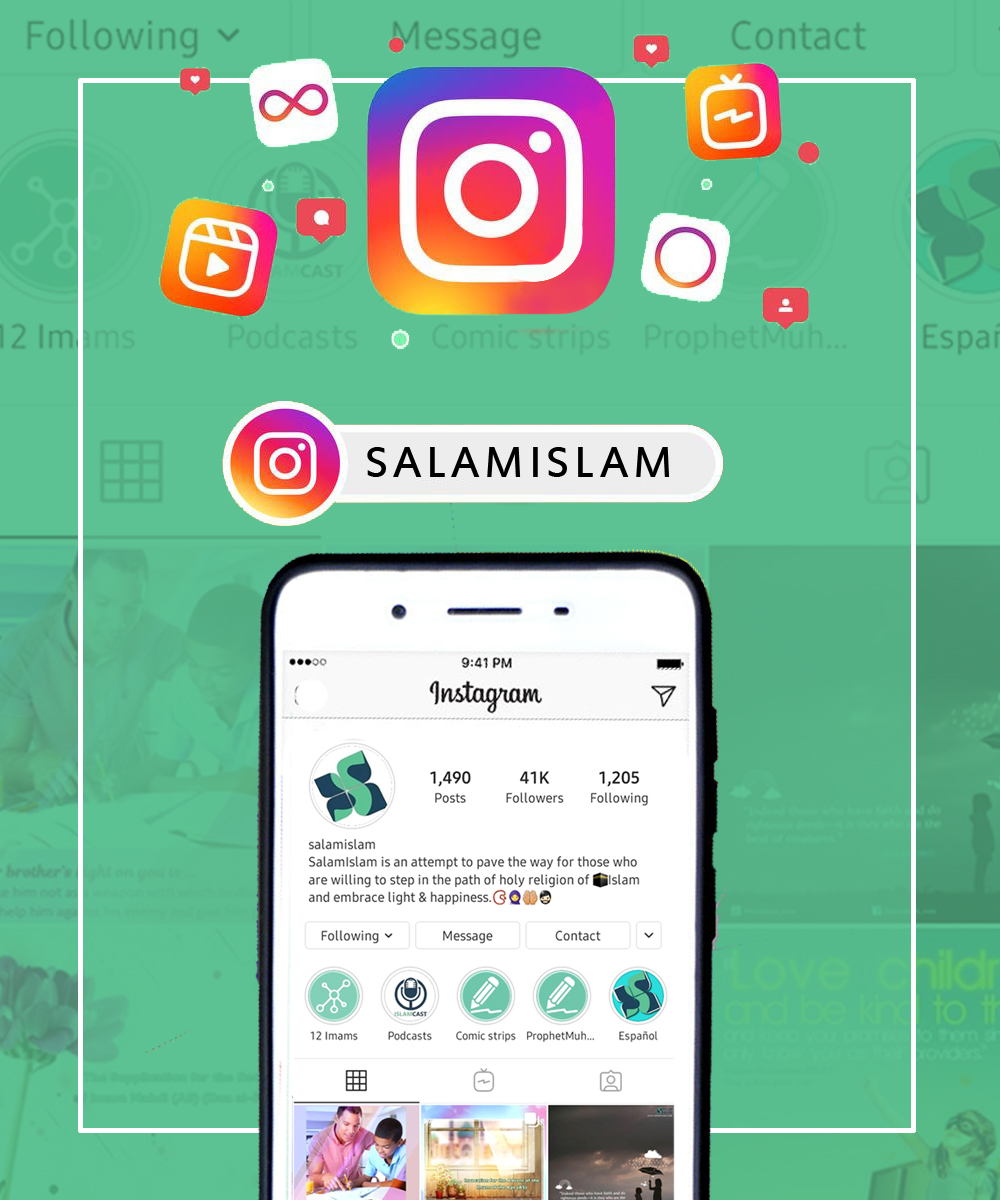

Is Islam Fair to Both Men and Women?
Contrary to popular belief, women in Islam has been empowered and respected. An excellent example of that is the first Muslim woman, Khadijah, Prophet Muhammad’s (PBUH) wife, whose influence and support was crucial to the success of Islam. Through many articles, we have discussed the Islamic view on women, their social position, their rights and responsibilities, and the rulings and regulations concerning women. Considering all those details, we will see here how fair Islam is to women in comparison to men.
Equal or the Same Rights for Men and Women in Islam?
It is clear that men and women are different from each other in many aspects. They are physically and biologically different. Their emotional and spiritual specifications are not the same. This means that men and women are of distinct capacities, which implies that they should be charged with different responsibilities regarding their innate capabilities. And since the rights of each individual depend on the burden of responsibility that he\she takes on, women in Islam and men won’t have “the same” rights. However, this does not mean that they do not have “equal” rights, either.
Let’s consider an example; a father who would like to leave his children an inheritance. He has a farm, a piece of land and a business company. These three possessions are of equal value, but they are not alike. The father knows his children’s characteristics, talents and interests very well. He, therefore, gives each child one of his belongings based on his knowledge of their potentials. This is an example to demonstrate that, although what every child receives from the father is not the same as the others, they are worth equally. So, the father has divided the inheritance equally among the children.
This is also true about the rights of women and men. As an example, although women might work and earn money, supplying for the family is not at all a responsibility for women; neither is defending Islam and country in case of war. Hence, women are given some rights in certain conditions where men are not given. Moreover, Islam has prevented imposing harsh and heavy tasks on women, as they are known to be as delicate as a flower [2]. It can be concluded that women and men do not have “the same” rights because of having different talents, potentials, and biological features, but their rights are “equal”.
Are Men Superior to Women in Islam?
According to the Quran, “Men are the managers of women” (4:34); but this does not imply that men are superior to women in Islam. Firstly, it should be noted that this verse is only about wives and husbands and not women and men in general. Secondly, being the manager here means having the “responsibility” of the family. Family like every social unit requires a supervisor or manager. Being physically stronger than women to protect the family against risks and to carry out heavy works, and being less affected by the emotions, men have been given the duty of protecting and managing the family affairs. In this regard, men have been assigned the heavy responsibility of providing for the family needs from which women are exempted.
From another side, from the Islamic point of view, women and men are of the same spirit, the whole world is created to serve both of them, they both can reach the spiritual excellence, and women can attain the superior social status they deserve [2]. All these demonstrate that men have not been given any more privilege compared to women, but have been charged with a different responsibility.
From what has been discussed above, we can see that the Islamic regulations consider both women and men, and the rights of both are equal as it should be but not necessarily similar in every circumstance.
References:
- “Nahj al-Balaqa”, Letter 31.
Share This Article

Is Wearing Makeup and Jewelry Allowed in Islam?
The way we look is usually considered as an expression of our character. That’s why it concerns us very much –maybe just a little too much these days. As a Muslim who tries to lead an Islamic life, it might pop into our heads if we are allowed to wear makeup in Islam, use jewelry, perfume, etc. or not.
This question concerns both men and women, naturally a bit more women though. Here, we would like to address the issue in a more general sense; what Islam says about wearing makeup in different situations. And to give a general preliminary answer, as our opening, yes, Islam allows us to wear makeup and jewelry as long as modesty is preserved.
But let us now have a more detailed look at some specific places where the question has been specially brought up and talked of in Islamic traditions:
Makeup in Islam
1. When Praying!
It might surprise you to find out that Islam particularly recommends us –though not as an obligation– to be in good shape, wear our best clothes, brush our teeth, wear perfume, and in short, to wear makeup when we stand to pray.
And so did Prophet Muhammad (PBUH) prepared himself for every prayer (Salat) since “God is beautiful and loves beauty,” [1] and conforming to this verse of the Quran:
“O Children of Adam! Put on your adornment on every occasion of prayer… Say, ‘Who has forbidden the adornment of Allah which He has brought forth for His servants, and the good things of [His] provision?’…” (7:31,32)
2. Wearing Makeup in Islam For One’s Spouse
Maybe this is where wearing makeup in Islam is most stressed on. Both men and women are time and again required to appear in the way that looks pleasantest to their better half, especially in their solitary moments.
It is considered a great merit for a woman to put on her make-up, wear jewelry and perfume to charm her husband [2], and as great a merit for a man always to look neat, well-groomed, perfumed, and dressed up in the way that gratifies his wife, even though it takes a little trouble, and even though it’s not the kind of outfit he likes best [3].
A man or a woman should never have the impression that their spouse is more concerned with how he or she looks to others than to them!
3. In the Public
Here, actually, Islamic Interpretations are varied. On the one hand, all Muslims are repeatedly recommended to look neat and groomed in public [4]. On the other hand, red lines have been drawn where an important Islamic principle is at risk: modesty.
Men are generally allowed to wear jewelry, such as rings or necklace (though necklaces are more commonly used by women in some Muslim countries), but they are forbidden from wearing any golden ornaments, maybe because Islam always wants there to be a certain line between men and women’s appearance, in the same way as Muslim men are required to wear a beard.
Women, too, are allowed to wear make-up, jewelry, or perfume in public as long as it doesn't make them appear sexually attractive. And of course, the bottom line for sexual attraction could be different from culture to culture. Several verses of the holy Quran ask women to keep a modest look in the public:
“… [tell the faithful women] not to display their charms, beyond what is [acceptably] visible… And let them not thump their feet to make known their hidden ornaments.” (24:31)
This verse mentions an example of immodesty at the time and culture of early Islam. But the rule applies to any kind of appearance or manner which is intended or is very likely, to provoke sexual interest in anybody other than one’s spouse.
Conclusion
According to what we said, therefore, Muslims are very much suggested to, so to say, wear makeup in Islam for praying and for one’s spouse. They are also advised to do so in the public sphere so far as one’s appearance is not in a way that could excite unlawful (Haram) sexual temptations.
References:
- Bihar al-Anwar, vol. 83, p. 169
- Al-Kafi, vol. 11, p. 165 , Al-Kafi, vol. 11, p. 168
- Makarim al-Akhlaq, p. 80
- Bihar al-Anwar, vol. 16, p. 249
Read More

Hijab in the Abrahamic Religions
The term Hijab literally means a cover, curtain, or screen [1], and is generally associated with the Islamic rule regarding women covering certain parts of their body [i]. Considering this matter, one might face many questions and misunderstandings. Perhaps some of the fundamental and mostly asked questions are: “Is the concept of Hijab and the law of covering certain parts of the body for women limited to Islam?” and “Did such a concept make sense in the Abrahamic religions which existed before Islam?” One way of gaining a better understanding and a broader insight into this issue is through a detailed and accurate historical investigation of the characteristics and the treatment of Hijab in the Abrahamic religions of Judaism and Christianity.
Hijab in the Abrahamic Religions
1.Hijab & Judaism:
It seems that covering certain parts of the body and maintaining a modest demeanor for women in society was of much importance in Judaism. The manner of Shuaib [ii]’s daughters toward Moses, explicitly mentioned in the Holy Quran, can best illustrate the necessity of acting modestly in the society for women:
“When he arrived at the well of Midian, he found there a throng of people watering [their flocks], and he found, besides them, two women holding back [their flock]. He said, ‘What is your business?’ They said, ‘We do not water [our flock] until the shepherds have driven out [their flocks], and our father is an aged man.’ So he watered [their flock] for them. Then he withdrew toward the shade and said, ‘My Lord! I am indeed in need of any good You may send down to me!’ Then one of the two women approached him, walking bashfully [modestly]. She said, ‘Indeed my father invites you to pay you the wages for watering [our flock] for us.’ So when he came to him and recounted the story to him, he said, ‘Do not be afraid. You have been delivered from the wrongdoing lot’” (28:23-25).
Based on this account, it can be argued that at the time of Prophet Moses, women’s modest and demure behavior was regarded as praiseworthy and respectful and a sign of their high status and distinguished personality in the society.
Moreover, there are some verses in Torah that name different kinds of clothing -Burqa or a veil covering one’s face- used by women as a kind of Hijab. In the book of Genesis, for instance, as addressed to Judah’s bride we read:
“And she put off from her the garments of her widowhood, and covered herself with her veil, and wrapped herself, and sat in the entrance of Enaim, which is by the way to Timnah; for she saw that Shelah was grown up, and she was not given unto him to wife. When Judah saw her, he thought her to be a harlot; for she had covered her face” [38:14-15].
As Will Durant [iii] puts, a common tradition for women among Jewish tribes was to attend public places with head-covers. This practice had to be followed as a rule and transgression from it would bring some consequences including divorcing the woman without paying her marriage portion [2].
Appearing bare-headed and without any cover for women, in some societies -e.g., the Far East and Mesopotamia- was considered as the symbol of inferiority and the characteristics of lower social standings. Moreover, women regarded the act of uncovering their hair in front of public eyes as a huge humiliation, to the extent that this act was performed in punishing the women who were guilty of a crime. Also, according to some Rabbis, women’s attendance without a kind of Hijab in the religious ceremonies and rituals was strictly forbidden [3].
2. Hijab & Christianity:
From the chosen and highly respected women named in Islam, the Holy Quran directly mentions Blessed Mary, mother of Jesus Christ, the messenger of Christianity, as the embodiment of a chaste, modest, pure woman and a true believer in God. Her status is so high in Islam that one of the chapters of the Holy Quran has been given her name.
In addition, in many of the Christian paintings and portraits, the figure of the Virgin Mary has been depicted with a complete head-cover as well as a long loose dress. So, Christian women who follow their prophet’s mother and the laws of Christianity, have attempted to observe modesty and chastity in their social interactions. As Jurji Zaydan [iv] states: “If by Hijab we mean covering body, this practice was common before Islam and even before the emergence of Christianity and its effects still remain in the European societies.”
Furthermore, there is some textual evidence in the Bible that refers to this tradition and its necessity among Christian communities. In the Old Testament, the book of Genesis, it has been said:
“For she had said unto the servant, What man is this that walketh in the field to meet us? And the servant had said, It is my master: therefore she took a veil, and covered herself” [24:65].
And the need for head-covering in religious ceremonies has been emphasized by Saint Paul in the New Testament:
“Every man praying or prophesying with anything down over his head dishonors his head, but every woman praying or prophesying with her head uncovered dishonors her head—it is the same as if her head were shaven. For if a woman will not be covered, then let her be shorn! But since it is disgraceful for a woman to be shorn or shaven, let her be covered. … Judge for yourselves: is it proper for a woman to pray to God with her head uncovered?” [Corinthians 11:2-16].
The rule of celibacy for Christian priests and nuns -approached slightly different in the three main Christian denominations including Catholicism, Protestantism, and Orthodoxy [v]- though not accepted in Islam, is primarily and originally established to avoid worldly temptations and practicing self-restraint and modesty.
Also, the special kind of dress worn by nuns in churches which covers most parts of their body shows the emphasis of Christianity on the necessity of appearing with appropriate and non-provocative clothing in society.
Moreover, considering the paintings that portray western aristocratic females, as well as the literature of the pre-twentieth-century, it can be realized that wearing a suitable and modest dress by women represented their higher social standing and evoked the respect of other members of the society.
Up until the end of the nineteenth century, wearing hats and using long and decent clothing was common for women. However, with the passage of time, this tradition went through changes, and gradually the religious beliefs, and divine teachings of Jesus Christ faded away from their lives [5].
Nevertheless, in some eastern catholic and orthodox churches such as the Russian Orthodox Church, women are required to wear a head-cover when entering the church for attending religious ceremonies [6]. In addition, in Continental Europe and North America, most women of the Christian denominations including Anglican [7], Baptist [8], Methodist [9], and Roman Catholic [10] use a kind of head-cover when participating the religious rituals inside the church.
Conclusion
With a brief look at what has been said so far, it becomes evident that the religion of Islam was not the inventor of the Hijab, rather this tradition had existed and practiced in different forms among the followers of the two Abrahamic religions of Judaism and Christianity.
The parallels that one can find in the characteristics of the Hijab and the philosophy behind it in these three religions reveal the fact that in a way Islam has only modified and continued this tradition. According to Islam, also, the practice of wearing a Hijab is essentially aimed to preserve the human value and dignity of women when interacting with men outside the family circle and to provide a secure environment where everyone, man or woman, can perform their tasks effectively and morally.
Moreover, the kind of Hijab that Islam defines for women is covering all parts of their body except their faces and hands [from wrists to fingers] through wearing a modest dress, similarly, as we have seen in the previous paragraphs, Jewish and Christian women covered their head and were encouraged to wear non-provocative clothes. So, Islam, the last and most perfect religion, revised the rules of the preceding religions and completed the teachings of the previous prophets by providing thorough and applicable instructions.
Notes:
[i] Originally, the Quranic term used for this rule is “satr or satir—الستر، الساتر”
[ii] An ancient Midianite Prophet, sometimes identified with the Biblical Jethro. His name is mentioned in the Quran a total of 11 times.
[iii] William James Durant (November 5, 1885 – November 7, 1981) was an American writer, historian, and philosopher. He is best known for The Story of Civilization.
[iv] Jurji Zaydan was a prolific Lebanese novelist, journalist, editor, and teacher most noted for his creation of the magazine al-Hilal, which he used to serialize his 23 historical novels.
[v] In Orthodox Christianity “Priests and deacons may marry before ordination but not after. Bishops, on the other hand, must be celibate. While “the majority of Protestants do not require celibacy as a condition of election to the clergy.” Catholics, on the other hand, believe that “Priests and Bishops must be celibate, with the exception of Eastern Rite Catholics and Anglican married clergy who subsequently convert to Catholicism. These groups are allowed to have married priests” [4].
References:
- Rizvi, Sayyid Muhammad. n.d. Hijab, The Muslim Women's Dress, Islamic or Cultural? Ja‘fari Islamic Centre (Tabligh Committee) Canada.
- Durant, Will. n.d. The History of Civilization. Vol. XII.
- hijab
- HIjab in Abrahamic religion
- for more information about the changes in British women’s costume through ages visit: link
- Gdaniec, Cordula Cultural Diversity in Russian Cities: The Urban Landscape in the Post-Soviet Era.
- Muir, Edward (18 August 2005). Ritual in Early Modern Europe. Cambridge University Press. p. 31.
- Yearbook of American & Canadian Churches 2012. Abingdon Press. 2012-04-01. p. 131
- Morgan, Sue (2010-06-23). Women, Gender and Religious Cultures in Britain, 1800-1940.
- Henold, Mary J. 2008. Catholic and Feminist: The Surprising History of the American Catholic Feminist
Read More

